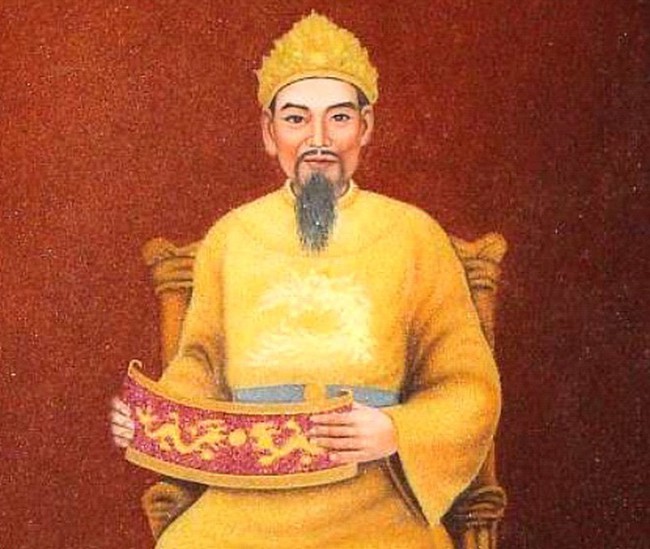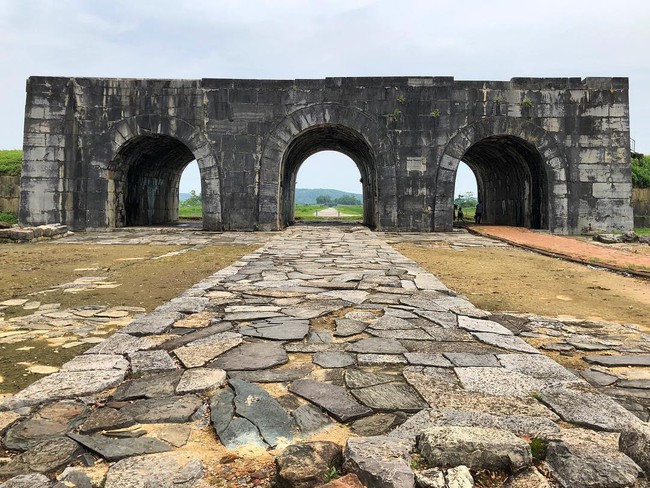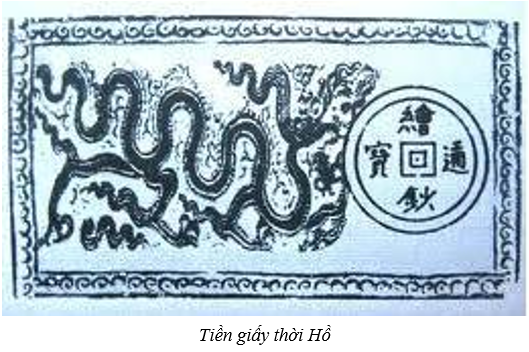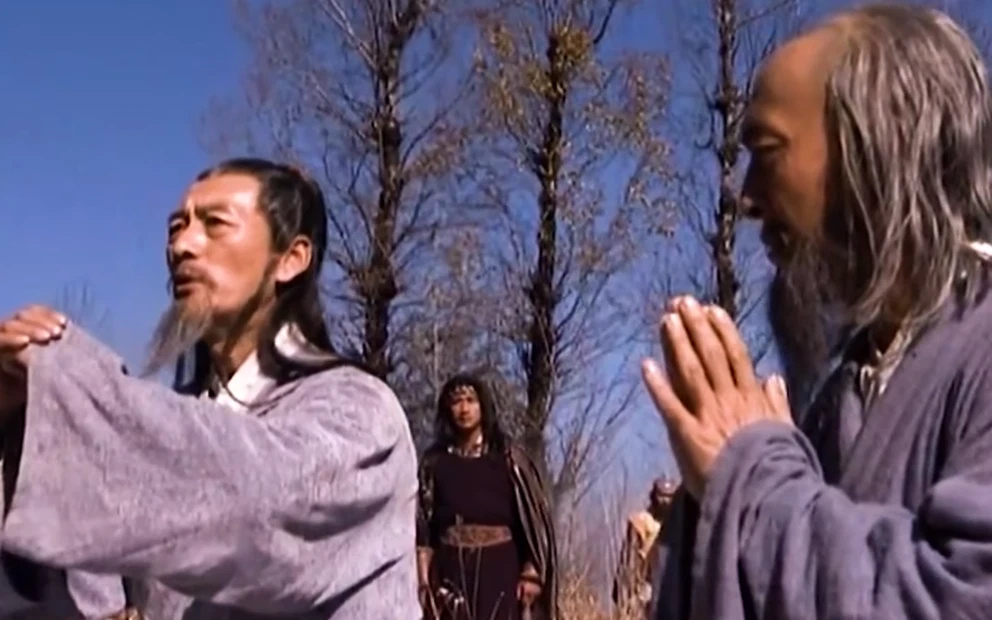Which dynasty was the shortest in Vietnam?
History of the shortest dynasty in Vietnam
According to the old history, in the years 1396-1398, our country was in danger of being invaded by foreign invaders from both ends of the country. In the North, the Ming invaders sent troops to invade the territory. In the South, the Chiem Thanh army also plotted to annex our country.
At this moment, Ho Quy Ly As a general under the Tran dynasty, he used soft diplomacy to delay enemy troops from both sides. In the country, he stood up to quell the uprisings of the psychopaths, he also advised the Tran dynasty king and me to leave the capital from Thang Long to Thanh Hoa to ensure long-term safety.

Ho Quy Ly was born in 1336, formerly named Le Quy Ly, self-named Ly Nguyen, born in Huong Dai Lai, Vinh Loc, Thanh Hoa.
When entering Thanh Hoa, Ho Quy Ly built Bao Thanh Palace (ie Ly palace of the Ho Dynasty) on a large area. The front is a vast space with the cover of mountain ranges lying on the Len River (branch of the Ma River), behind is leaning against the high mountains.
The work was elaborately invested and built like a miniature Thang Long citadel to welcome King Tran into Thanh Hoa, preparing for the construction of a new capital, Tay Do citadel (present-day Ho Dynasty citadel). During these years, Bao Thanh Palace became the headquarters to fight the enemy and discuss the military affairs of King and I of the Tran Dynasty.

Citadel of the Ho Dynasty – the “great” work of the shortest dynasty in Vietnam
In 1400, Ho Quy Ly deposed the Tran dynasty, established the Ho dynasty, named the country Dai Ngu, nearly a year later ceded the throne to his son, Ho Han Thuong, to become the emperor, but still held real power.
In 1407, Ho Quy Ly father and sonHo Han Thuong was captured by the Ming army. The Ho Dynasty died out after 7 years – so it was the shortest dynasty in Vietnam. However, the Ho Dynasty left a mark in history with reform policies on economy, culture, education, etc. such as: the policy of land limitation, serfdom, issuance of paper money, promotion of Confucianism, etc. develop Nom script, expand schools…
In particular, the Ho Dynasty paid great attention to military development. Tay Do citadel (Vinh Loc district, Thanh Hoa province) built in 1397, is considered the most unique citadel in Southeast Asia and has been approved by the United Nations Educational Scientific and Cultural Organization (UNESCO). recognized as world cultural heritage in 2011.
Progress in the national reform of the Ho Dynasty
Despite some controversy, it is undeniable that Ho Quy Ly (Le Quy Ly: 1336 – 1407) was a major reformer in the flow of Vietnamese history. Under his hand, Dai Viet transformed strongly from an aristocratic state model to a bureaucratic state model, with a degree of concentration of power in the central court.
In terms of economic and finance, in April 1396, for the first time in Vietnamese history, Ho Quy Ly carried out monetary reform by issuing paper money to replace the dong called “Thong Bao Hoi star”. 1 dong currency exchange for 2 banknotes.

In 1397, he promulgated a policy of deadlines for filling. From here, according to the new regulations, only the great kings, sisters or brothers of the king can own unlimited fields, and the black people can not own more than 10 acres.
In 1402, the Ho Dynasty re-set the nail tax, only levied on people with fields; the landless, orphans, and widows do not have to pay. Land tax is levied on a progressive basis. If you have many fields, you will pay a lot. If you do not have a field, you do not have to pay.
In terms of politics, he reformed the ranks of martial arts officials, gradually replacing the high-ranking martial officers held by the Tran nobles and nobles with people who were not Tran but were talented and close to him. He renamed a number of township administrative units and specified clearly and clearly how the government apparatus at all levels worked.
Regarding society, he promulgated a policy of restricting the adopted slaves of the dynasties, nobles, and mandarins. In 1401, the Ho Dynasty established a law restricting household servants: according to rank, noble mandarins could only raise a certain number of house servants. The surplus is confiscated. Each extra household servant was compensated by the state 5 denarii.
In terms of culture and education, he also had many major reforms. The Ho Dynasty regulates the opening of schools, sets exam rules and organizes exams. In August 1400, Ho Quy Ly held the Thai exam for students in An Ton citadel (Ho Dynasty citadel), and 20 people passed the exam. Among them are famous grape names such as Nguyen Trai, Luu Thuc Kiem, Ly Tu Van, Vu Mong Nguyen, Hoang Hieu, and Nguyen Mong Tuan. He implemented a series of innovations: redefined the examination method, abolished the examination of ancient literature; set the test of meaning; law poetry exam; examination of the schedule and literature, scriptures.
Regarding the military, he strengthened military and national defense to protect the country from a very early age. He set up four factories to manufacture weapons, explore and research dangerous seas, and strengthen military forces. He ordered the opening of a weapons forging workshop, the money collected from the issuance of banknotes was used to mint weapons for national security.
Thus, in the face of the weakening state of the Tran Dynasty and the social crisis at the end of the fourteenth century, Ho Quy Ly carried out a rather comprehensive reform, with progressive reforms with practical value such as reform. on culture and education. This proves that he was a talented reformer and an ardent patriot. His reforms more or less contributed to the economic, cultural and social development of the nation and the defense sector of the country.
at Blogtuan.info – Source: danviet.vn – Read the original article here

